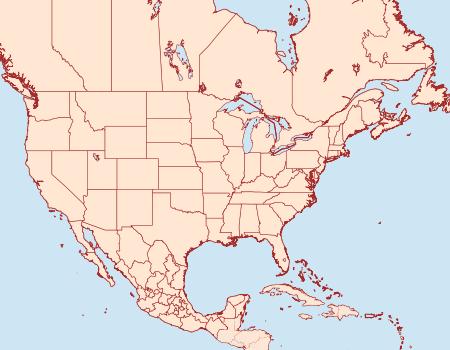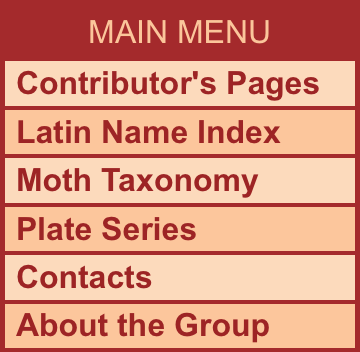Tortricidae
51a0471 –
2743.1 Endothenia quadrimaculana
(Haworth, [1811])
|
|
|
| Photographs are the copyrighted property of each photographer listed. Contact individual photographers for permission to use for any purpose. |

Large Map & Chart
Report Errors
About Maps
|
| Distribution: |
Introduced from Europe.
Canada: ON, QC. |
Larva and
Host Plants: |
Host familiy: Boraginaceae Lamiaceae. Host genera: Mentha Stachys Symphytum. (Shropshire & Tallamy 2025 [accessed 6xii2025]) |
| Similar Species: |
- 51a0470 Endothenia nubilana: "There is only one difference between our form [nubilana] and the European antiquana [quadrimaculana]: a few more short spines (8-12) on the inner side of uncus at apical margin. In the European specimens before me they number 4 to 6..." - Heinrich (1926).
- Pinned specimens of related species. (Hint: select View by Region on the related species page.)
|
| Synonymy: |
quadrimaculana (Haworth, [1811]) (Tortrix) - MONA 1983: 2743meinhardiana (Krulikovsky, 1908) (Olethreutes)antiguana (Hübner, [1811-1813]) (Tortrix)antiquana; [various], [no date] (Endothenia) missp.; TL: (no type).helvinana (Kennel, 1900) (Argyroploce)obesana (Peyerimhoff, 1863) (Orthotaenia)pallidana (Caradja, 1916) (Argyroploce)pallidana (Kennel, 1919) (Argyroploce) |
| Taxonomic Notes: |
Endothenia quadrimaculana (Haworth, [1811]), an introduced species to North America, is recognized as established in Ontario and Quebec in Pohl et al. (2018). |
|
| References (Caution: DNA barcoding at BOLD provides evidence of relatedness, not proof of identification; some BOLD specimens shown may not be sequenced.) |
- Barcode of Life (BOLD) - Caution: Identifications often erroneous; DNA barcode provides evidence of relatedness, not proof of identification; many specimens not sequenced.
- Haworth, A.H., 1803-1828. Lepidoptera Britannica, 3: 468.
- Heinrich, C., 1926. Revision of the North American moths of the subfamilies Laspeyresiinae and Olethreutinae. Bulletin of the United States National Museum, 132: 105; figs. 192, 357.
- Pohl, G.R., J-F. Landry, B.C. Schmidt, J.D. Lafontaine, J.T. Troubridge, A.D. Macaulay, E. van Nieukerken, J.R. deWaard, J.J. Dombroskie, J. Klymko, V. Nazari, K. Stead, 2018. Annotated checklist of the moths and butterflies (Lepidoptera) of Canada and Alaska. Pensoft, 1-580; PDF, Hardback.
- Shropshire, K.J. & D.W. Tallamy, 2025. Lepidoptera of North America, north of Mexico: an annotated list containing geographic ranges and host-plant records. ZooKeys, 1261: 101-113; Suppl. 1. (PDF or read online)
- Species Page at iNaturalist
|
|
Photographs are needed for this species. |



